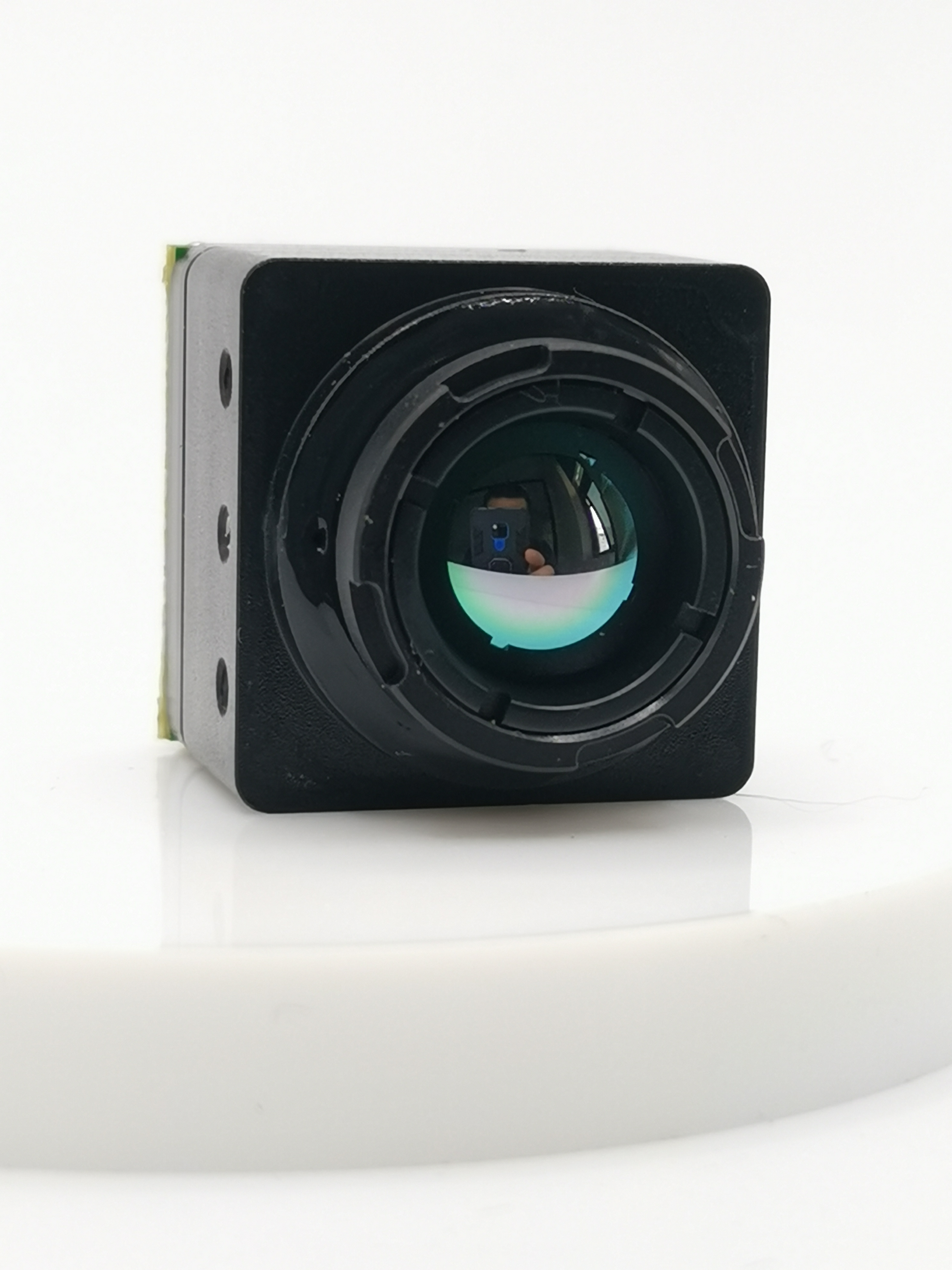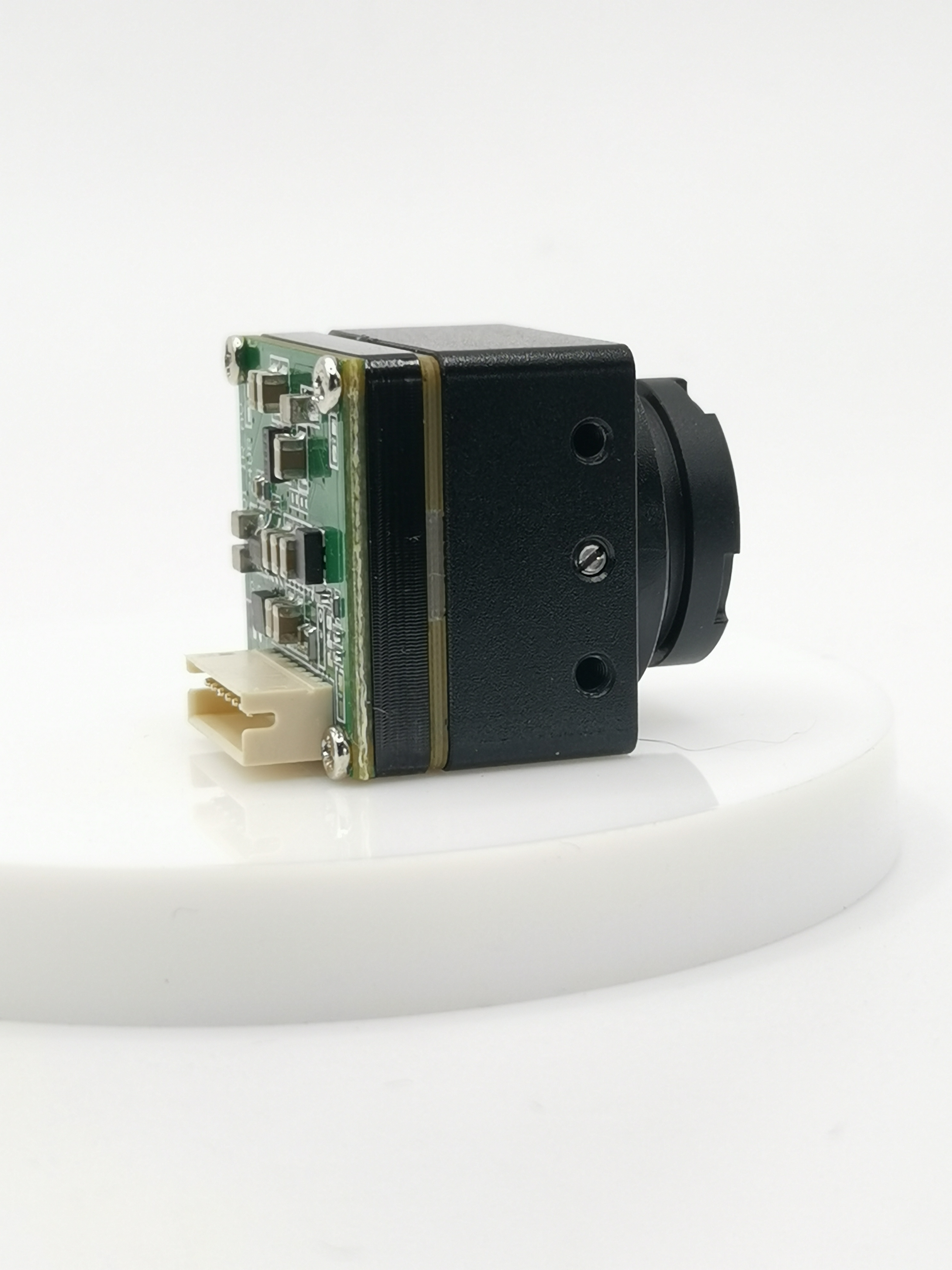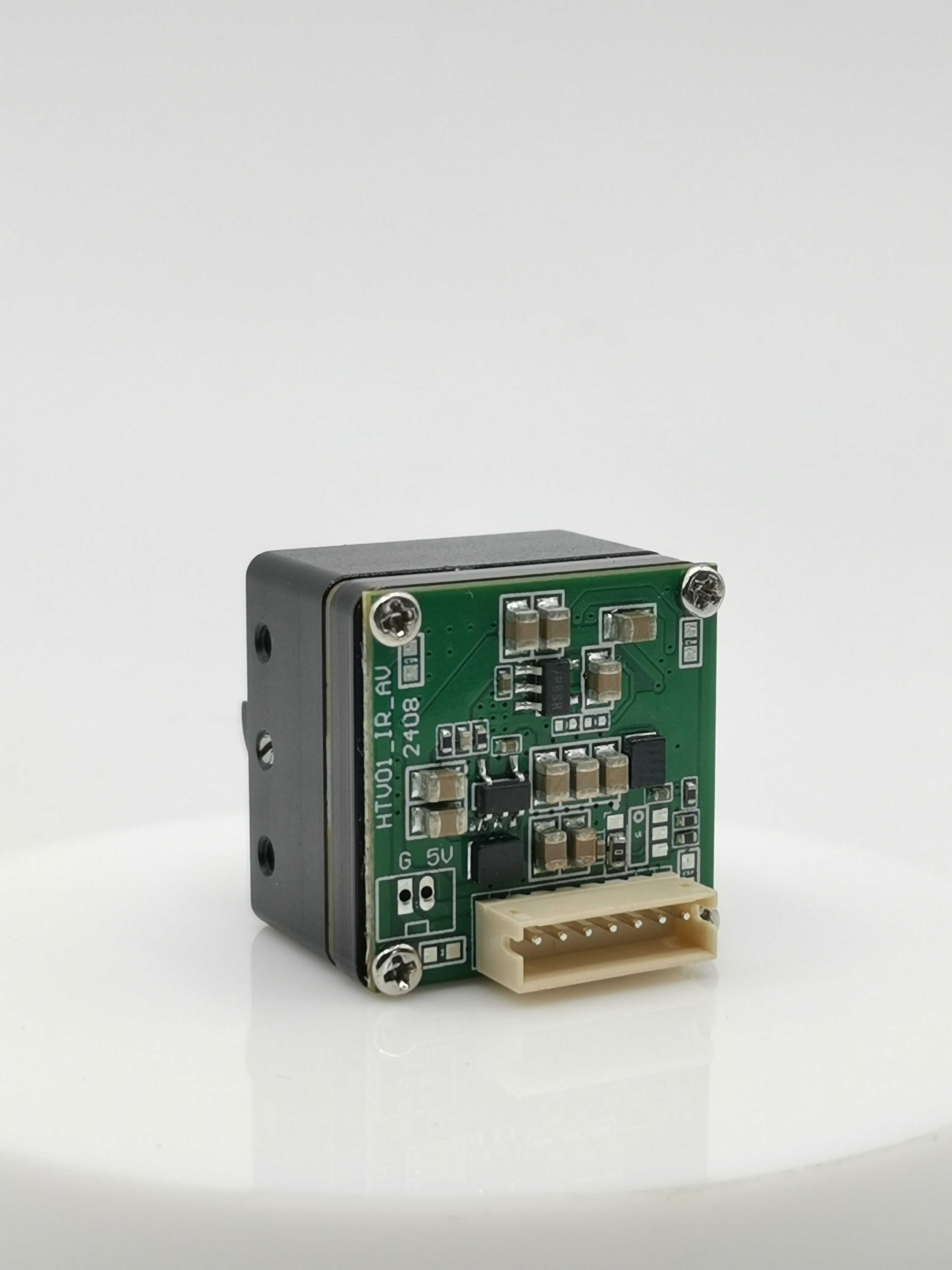What is Thermal Imaging Technology and How Does it Work?

In the realm of technology, thermal imaging stands out as a cutting-edge innovation that transcends traditional visual capabilities. Its significance lies in the ability to unveil a hidden world of heat signatures, enabling unparalleled insights into various scenarios. This blog aims to demystify the essence of thermal imaging technology and unravel its operational intricacies. As the demand for thermal solutions escalates across sectors like healthcare, transportation, and security, understanding this transformative technology becomes paramount. Whether it's a mobile thermal camera for on-the-go applications, a mobile thermal imaging camera for versatile use, or a thermal camera for hunting to enhance outdoor experiences, the applications of thermal imaging are vast and continually expanding.
What is Thermal Imaging Technology?

Definition and Basic Principles
Thermal imaging technology operates on the fundamental principle of converting infrared radiation into visible images. This process enables the visualization of heat signatures emitted by objects, providing valuable insights beyond what the naked eye can perceive. By capturing and translating thermal radiation into a visual format, thermal imaging unveils a world where temperature variances become vividly apparent.
Components of Thermal Imaging Devices
The core components of thermal imaging devices consist of sensors and infrared cameras, each playing a crucial role in the functionality of the device. Sensors are responsible for detecting infrared radiation emitted by objects, while infrared cameras, with their heightened sensitivity to infrared wavelengths, convert this detected radiation into visible images. The synergy between these components is essential for the accurate portrayal of thermal information.
Mobile Thermal Imaging Camera
Introducing the innovation of mobile thermal cameras, which bring portability and versatility to thermal imaging applications. These compact devices offer flexibility in capturing thermal data on-the-go, catering to various industries and scenarios. The benefits of utilizing mobile thermal imaging cameras range from enhanced efficiency in inspections to improved safety measures in challenging environments.
How Does Thermal Imaging Work?
Detection of Infrared Radiation
Thermal cameras operate by detecting infrared radiation emitted by objects. This detection process involves capturing the thermal energy released by an object and converting it into infrared radiation. By utilizing specialized sensors, thermal cameras can accurately identify heat signatures, even in low-light conditions.
Conversion process of thermal radiation into images
Once the infrared radiation is captured, thermal cameras undergo a complex conversion process to translate this data into visible images. This transformation allows for the visualization of temperature variations within a scene, providing valuable insights that are otherwise imperceptible to the human eye.
Visualization of Heat
Thermal imaging technology excels in visualizing heat patterns emitted by objects. By recording the heat radiating off various surfaces, thermal cameras create detailed images that showcase temperature disparities with precision. This capability is particularly beneficial in scenarios where traditional visibility is limited, such as surveillance operations or industrial inspections.
Recording temperature differences
A key advantage of thermal imaging is its ability to record temperature differences across different areas within a frame. This feature enables users to pinpoint specific hotspots or cold zones, facilitating informed decision-making in various applications. Whether it's identifying overheating components in machinery or tracking wildlife during hunting expeditions, the capacity to record temperature variances enhances operational efficiency.
Thermal Camera for Hunting
The use of thermal cameras has revolutionized hunting practices by offering hunters a distinct advantage in tracking game animals. These advanced devices enable hunters to detect body heat signatures from animals against cooler backgrounds, enhancing their ability to locate targets with precision. The advantages provided by thermal cameras extend beyond traditional hunting methods, empowering hunters with enhanced visibility and accuracy.
Applications of Thermal Imaging

Surveillance and Security
In the realm of security operations, thermal imaging technology has emerged as a game-changer, offering unparalleled capabilities in detecting criminal activities. By harnessing the power of infrared radiation, thermal cameras can identify heat signatures emitted by individuals, even in pitch-black conditions. This advanced feature enables law enforcement agencies to conduct covert surveillance operations with precision and efficiency.
The benefits of utilizing thermal imaging for security purposes extend beyond conventional visual methods. In scenarios where traditional surveillance tools fall short, thermal cameras excel in providing clear visibility of heat-emitting objects. This enhanced detection capability is particularly valuable in identifying potential threats or suspicious activities that may go unnoticed by standard surveillance equipment.
Industrial Applications
The integration of thermal imaging technology in industrial settings has revolutionized equipment maintenance practices, allowing for early detection of faults and malfunctions. By leveraging the sensitivity of infrared cameras to detect temperature differentials, maintenance teams can proactively address issues before they escalate into costly breakdowns.
One key advantage of employing thermal imaging for industrial applications is its non-invasive nature, which minimizes disruption to ongoing operations. The ability to pinpoint equipment faults through thermal signatures streamlines maintenance processes, leading to increased operational efficiency and reduced downtime.
Medical Applications
In the field of healthcare, thermal imaging technology offers a non-invasive approach to detecting various medical conditions through the visualization of temperature differentials. By capturing heat emissions from the human body, thermal cameras provide valuable insights for diagnosing illnesses or injuries without the need for invasive procedures.
The benefits of using thermal imaging for medical diagnostics are manifold, ranging from improved patient comfort to enhanced diagnostic accuracy. Healthcare professionals can leverage thermal data to identify abnormalities in blood flow, inflammation, or other physiological indicators that may indicate underlying health issues. This non-invasive method holds immense potential for advancing medical diagnostics and improving patient outcomes.
Thermal imaging technology is anticipated to have a profound impact on various sectors, including law enforcement, industrial operations, healthcare, and transportation. The future potential of this innovative technology is extensive and promising, with applications ranging from disease detection in healthcare to enhancing emergency services and wildlife monitoring.
The diagnostic capabilities of thermal imaging technology are highly regarded in the manufacturing sector, particularly in the Asia-Pacific region. This region plays a pivotal role as a critical market for thermal imaging advancements, especially in security, surveillance, and maintenance practices.
Advancements in technology have facilitated the miniaturization of infrared (IR) sensors, enhancing their efficiency and portability. Handheld thermal imaging systems are increasingly prevalent across diverse industries, offering benefits such as reduced repair times and operational costs.
The transformative impact of thermal imaging technology is reshaping industries like emergency services, hunting, healthcare, wildlife monitoring, and environmental conservation. As we look ahead, the future of thermal imaging holds promise for advanced applications in healthcare diagnostics, environmental monitoring efforts, and maintenance practices across various sectors.
See Also
Innovations in Thermal Imaging Tech for Compact Drone Cameras
Transforming Field Gear with Quadcopter Thermal Cameras
Modernizing Field Gear with T30 Drone Thermal Tech
The Progression of Drone Attachment Thermal Imaging in 2024
Perfecting Surveillance and Recon with Thermal Camera Drones
Contact Us: Ms. Coco Huang
E-mail: sales@iasun.cn
WhatsApp/Wechat: +86 13510421923

